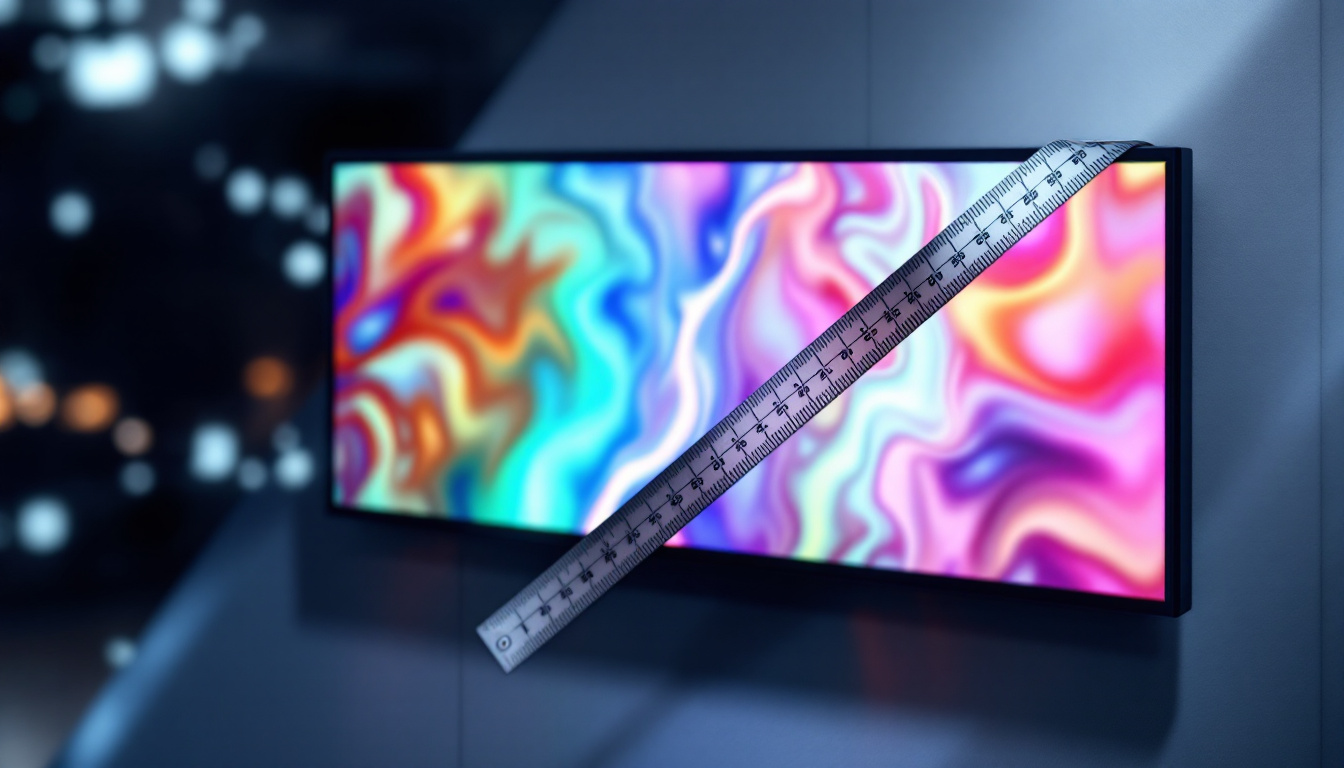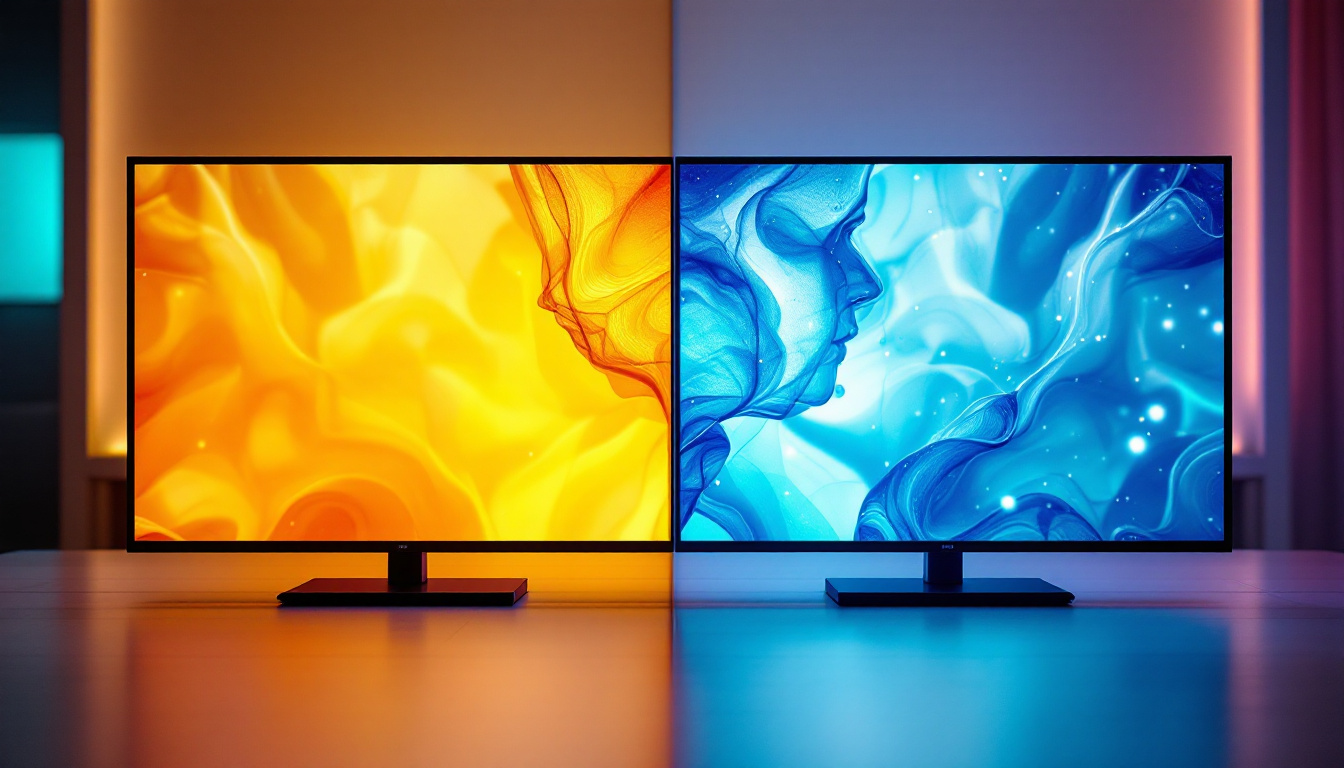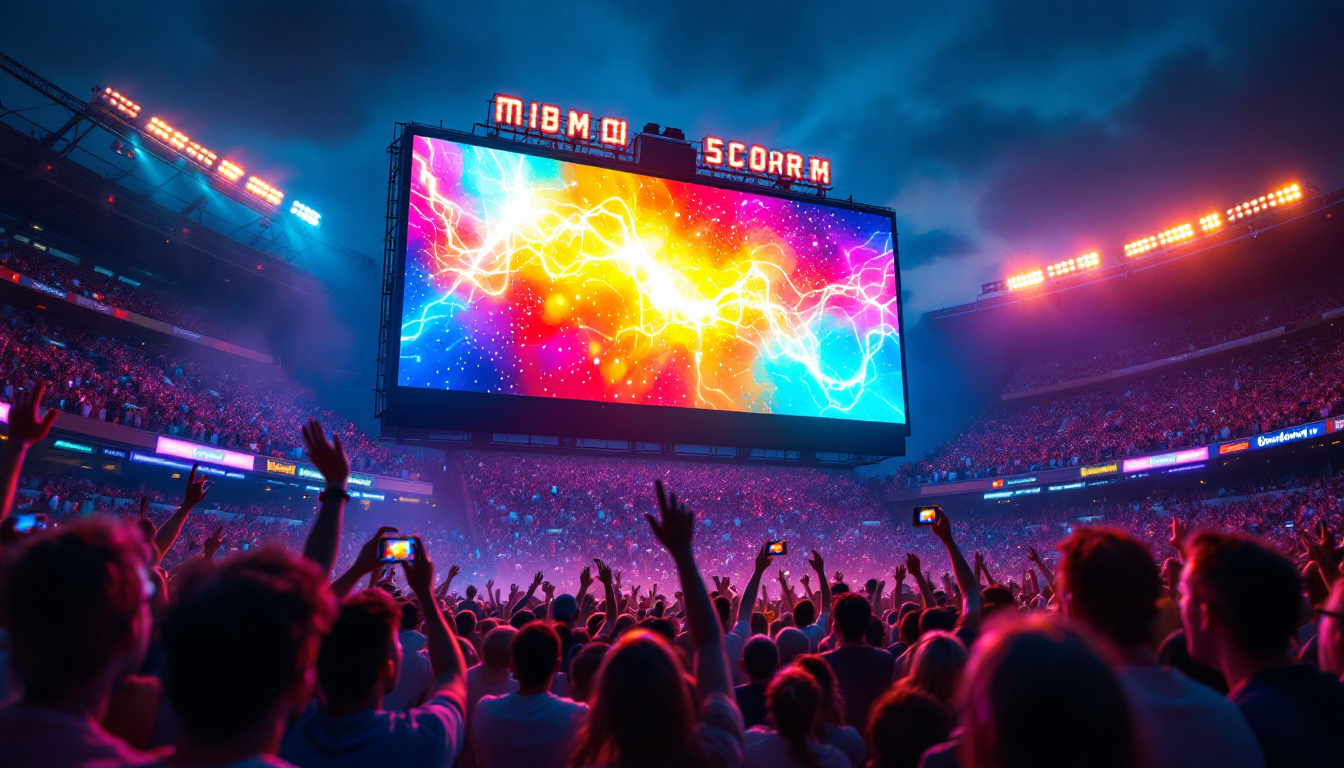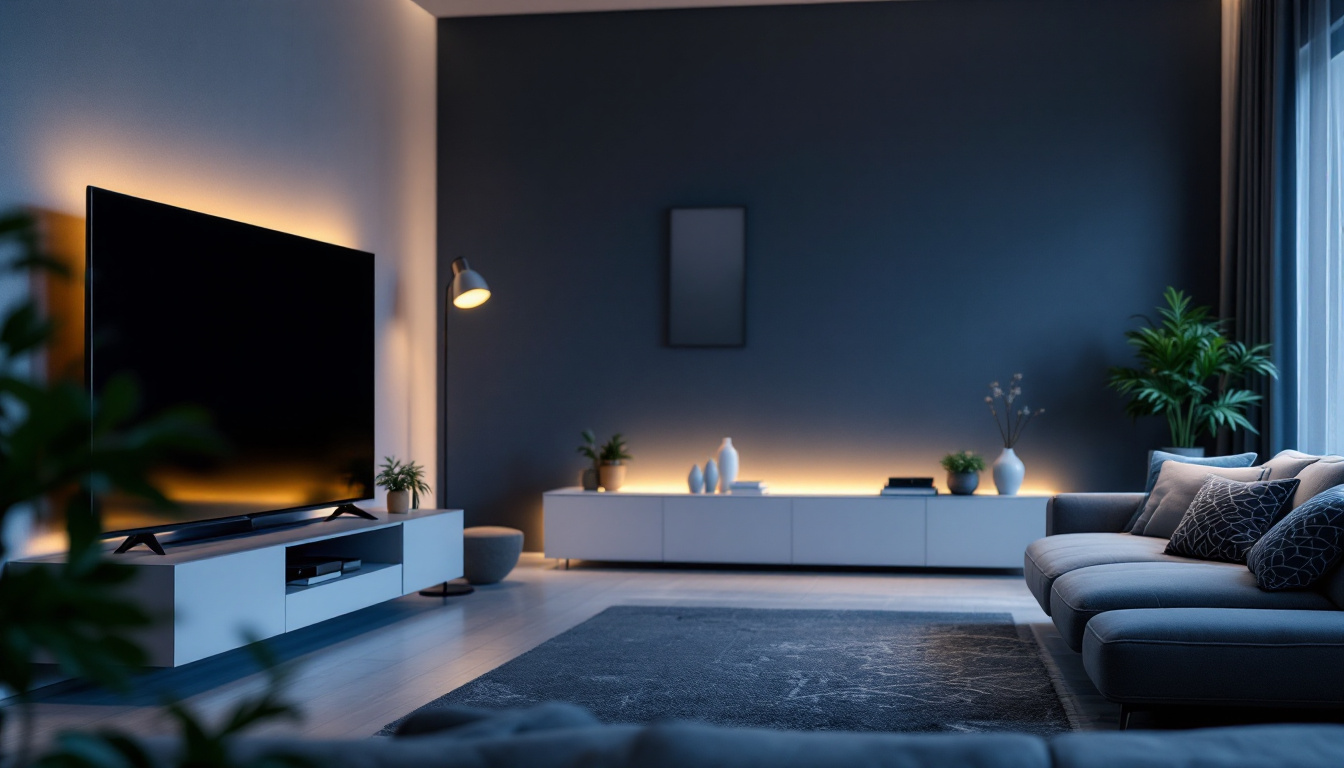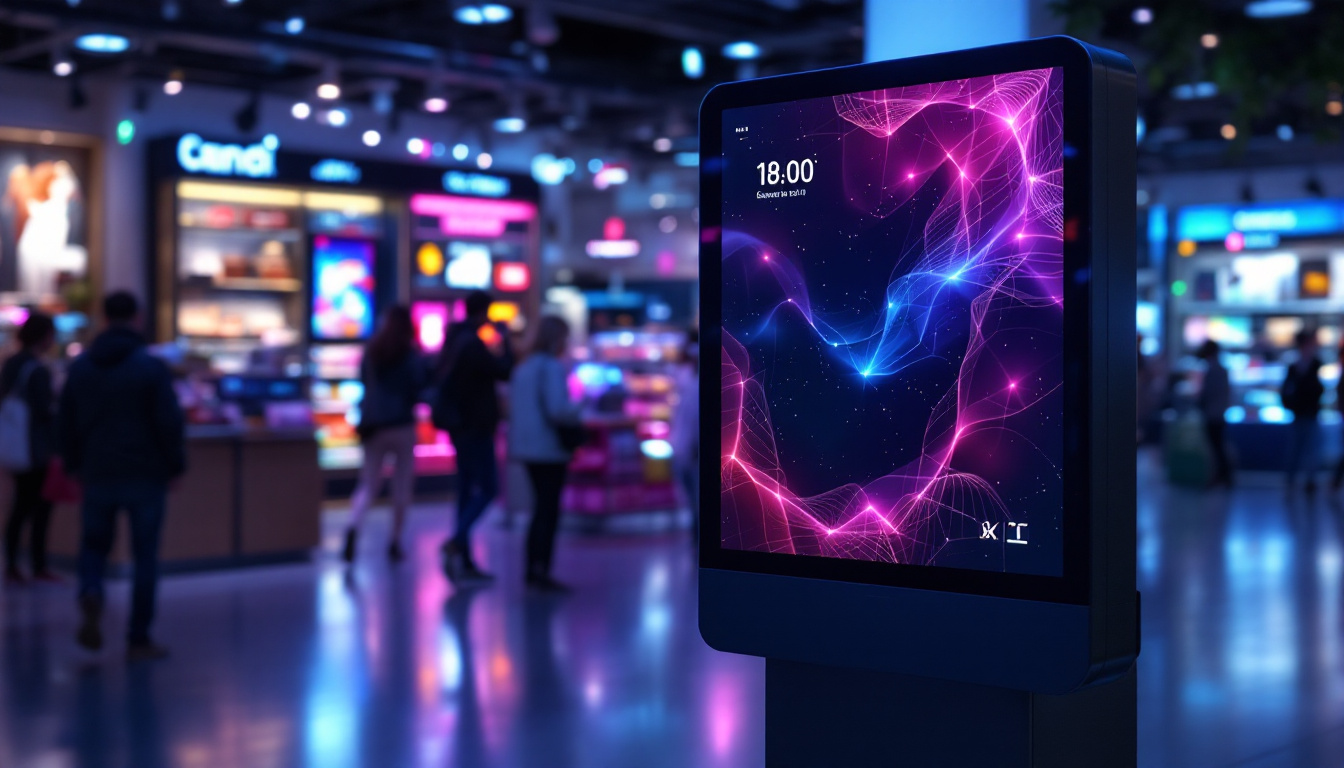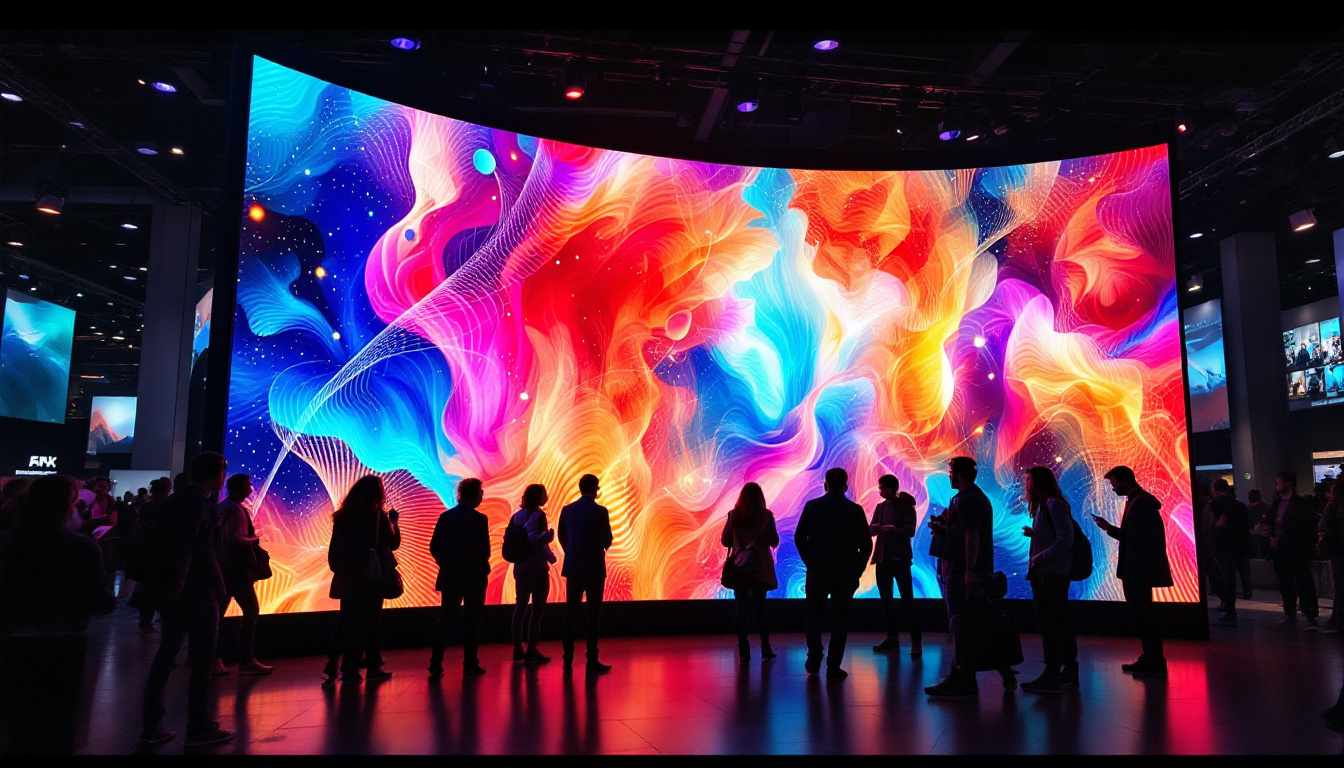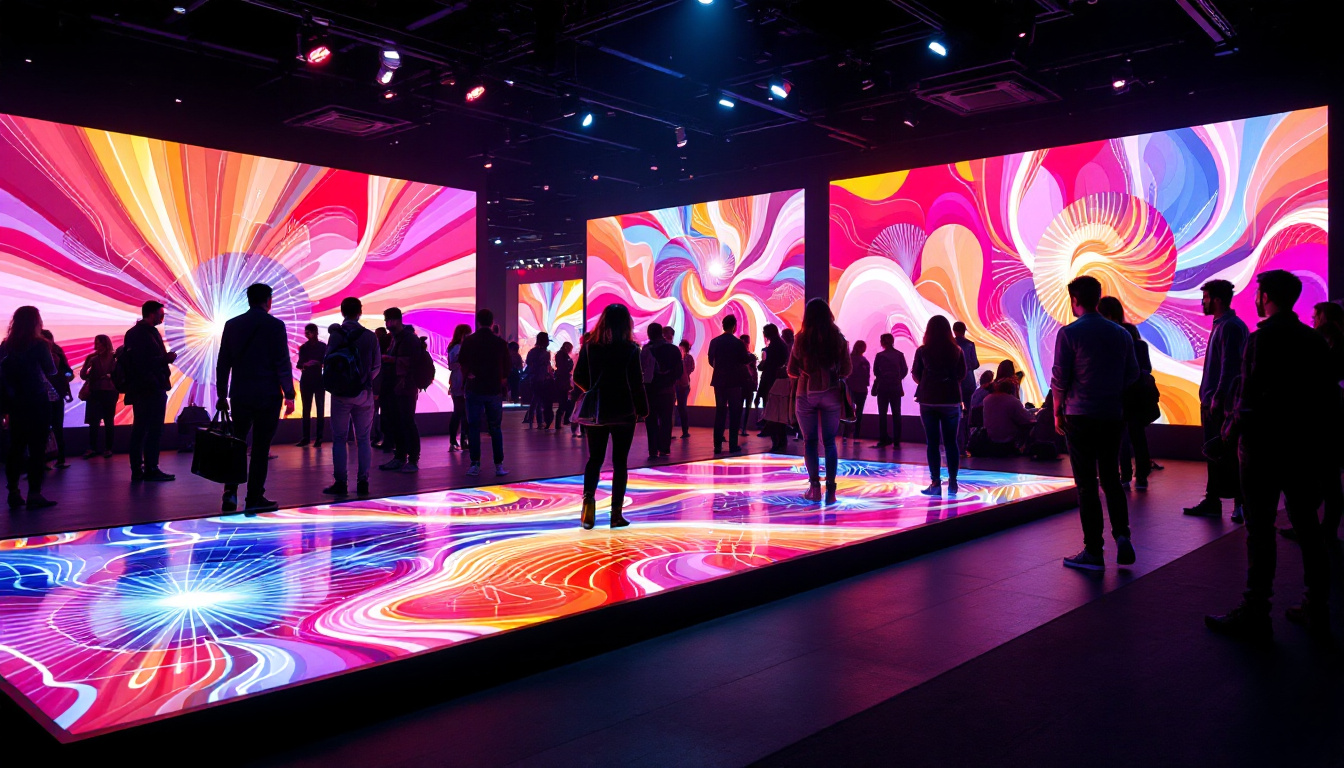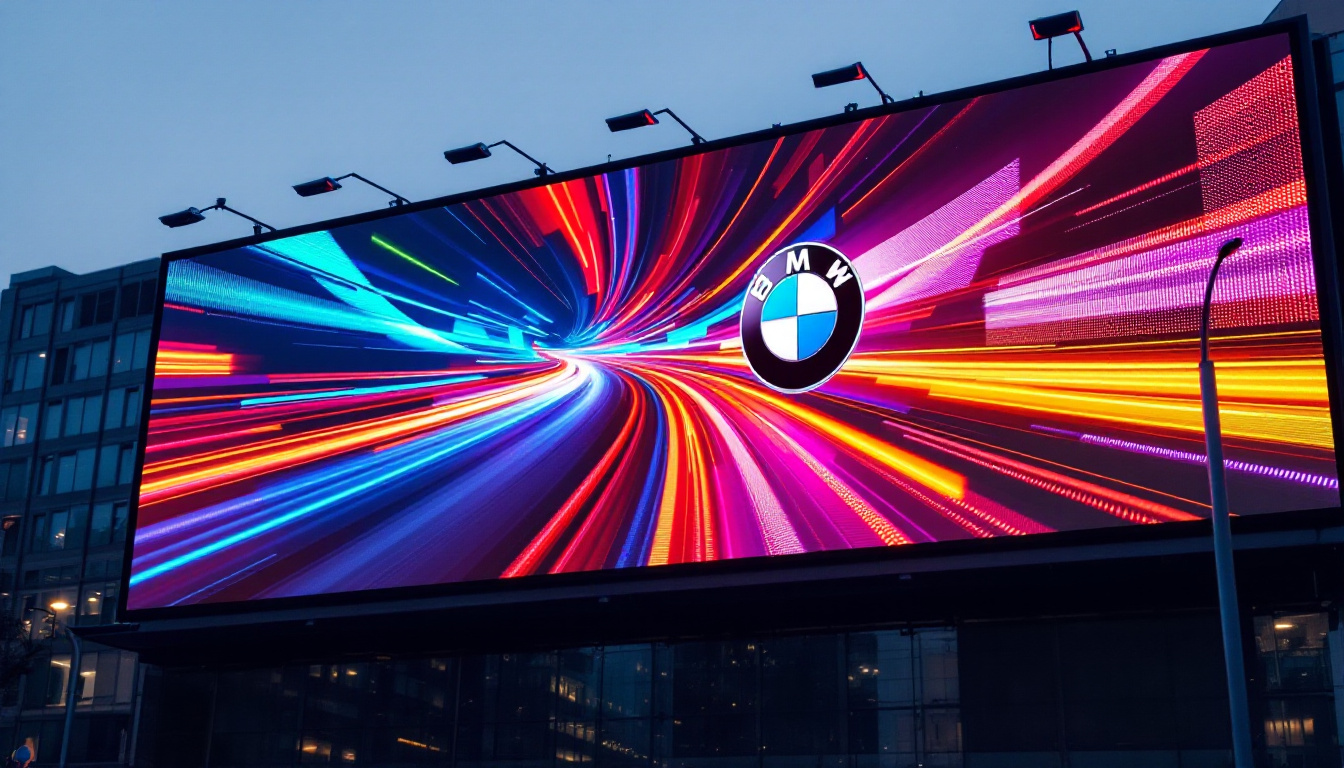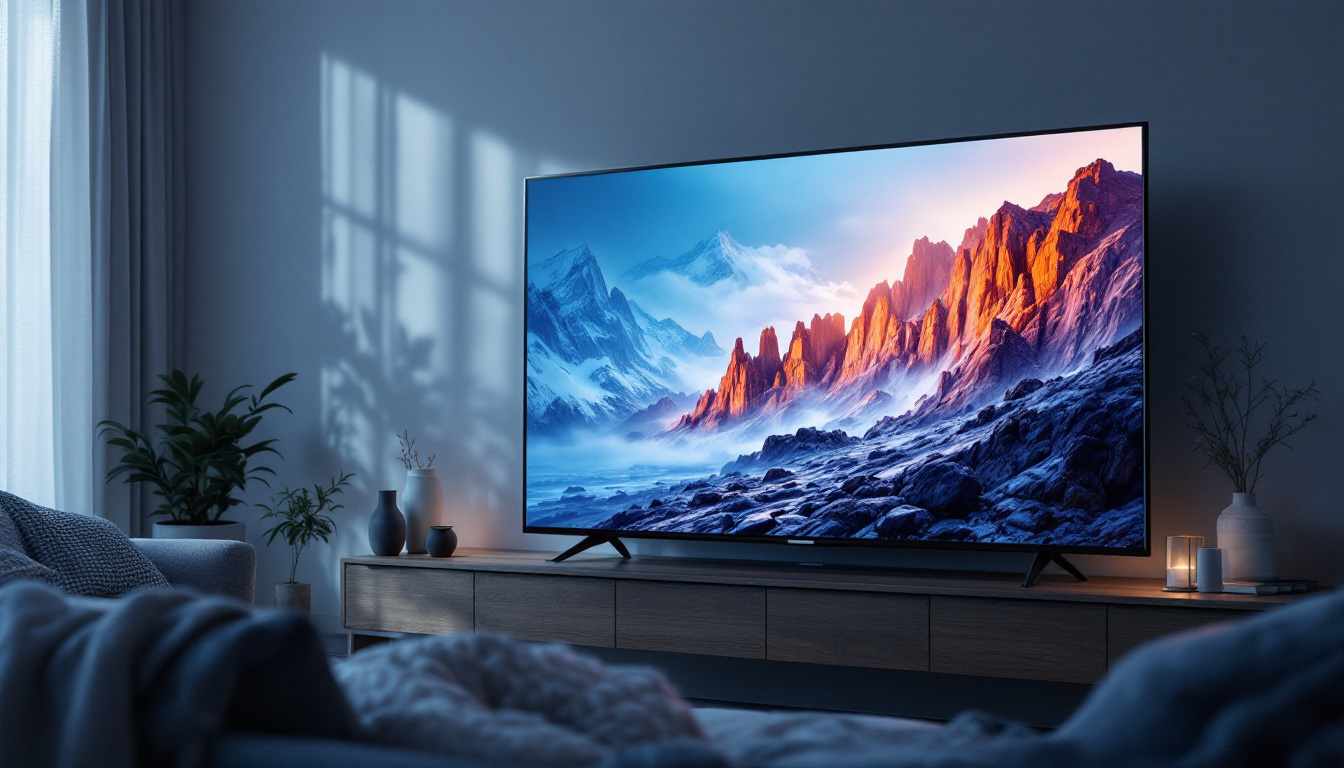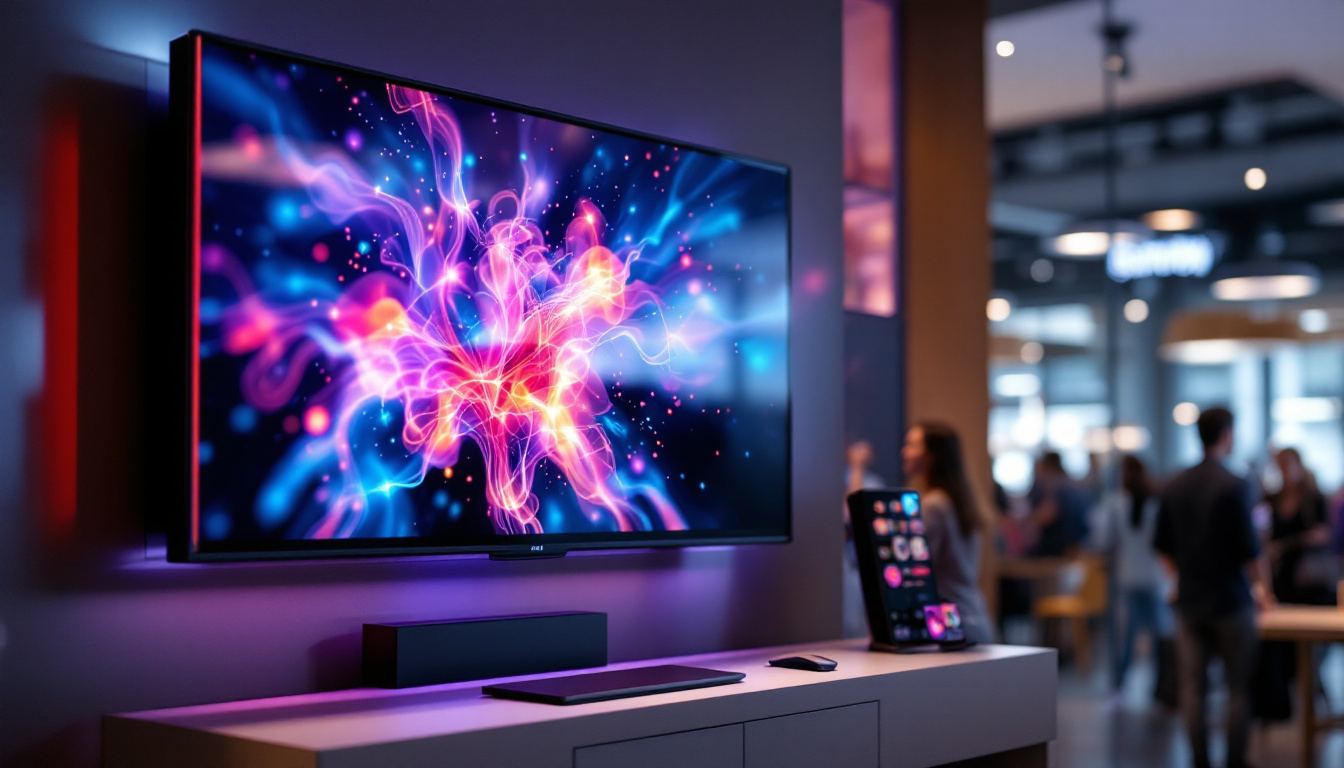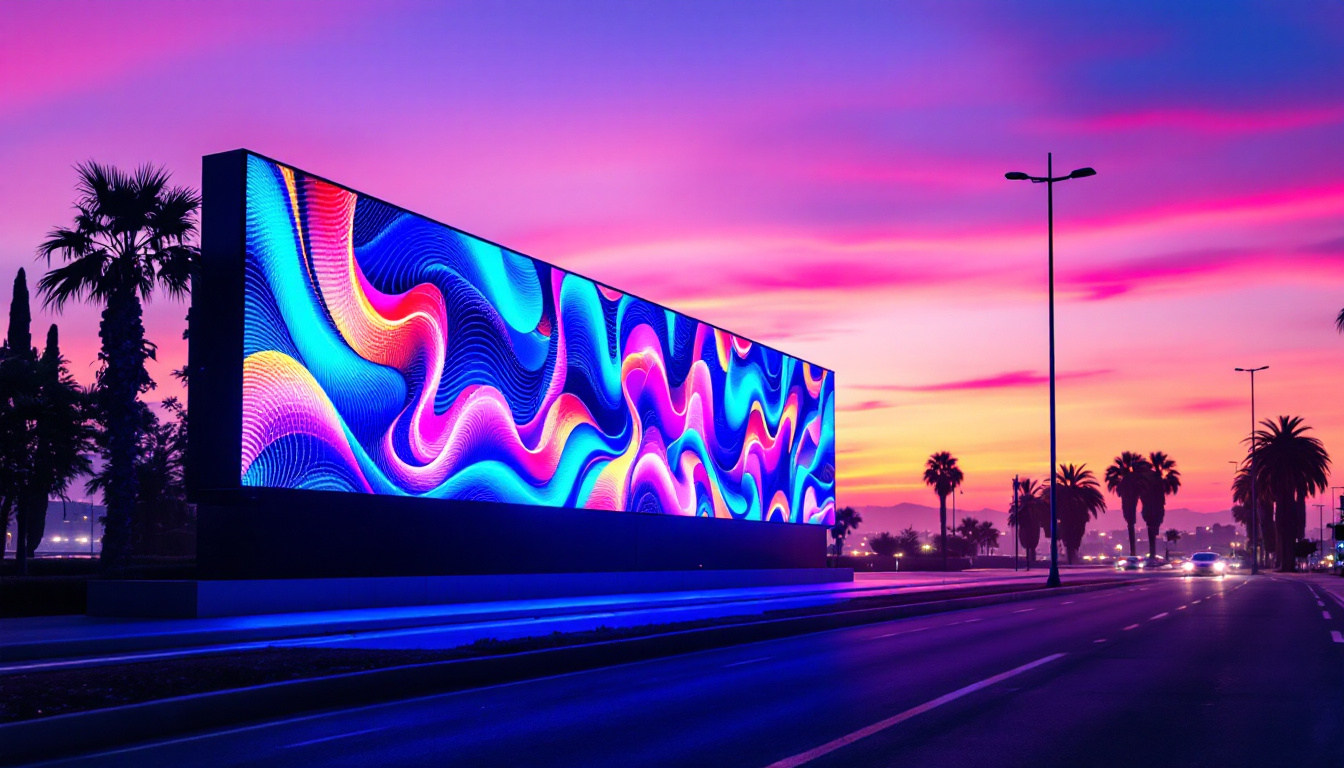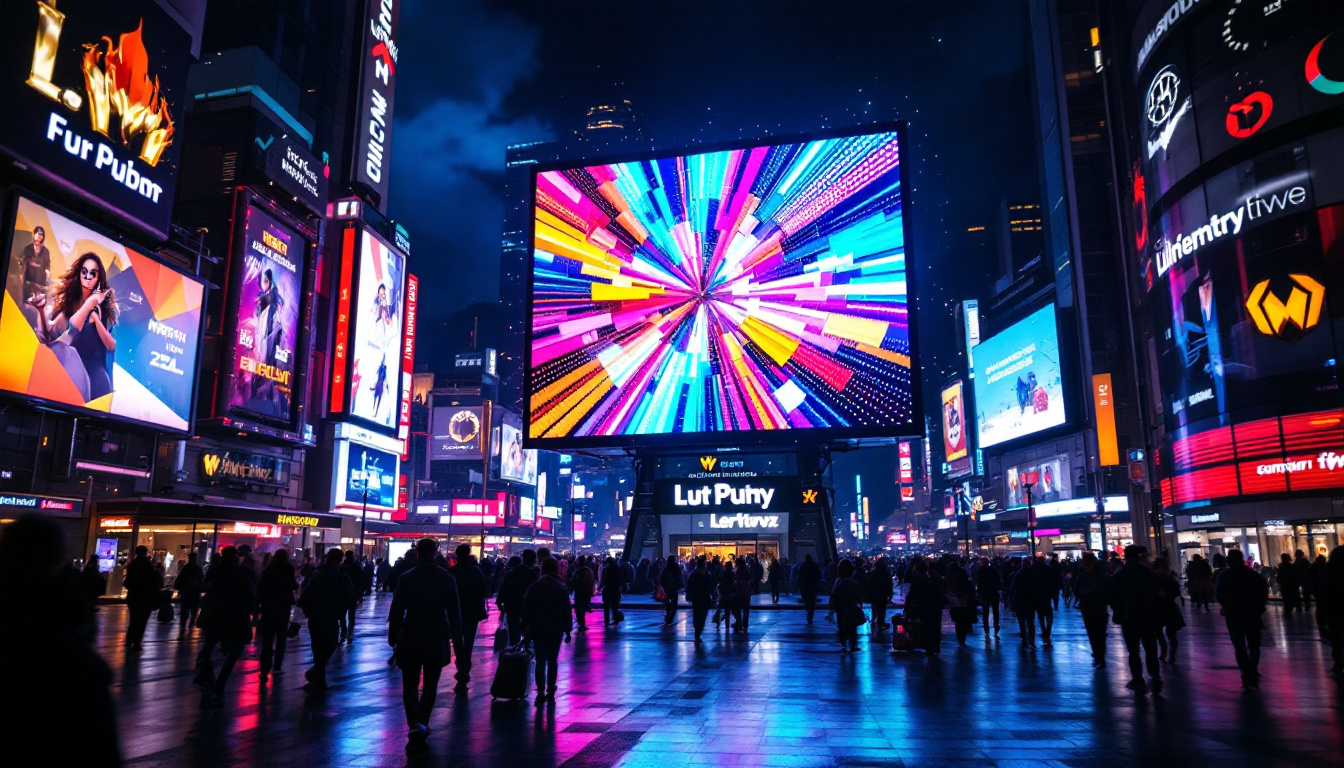In the realm of modern technology, LED displays have become ubiquitous, serving various purposes in advertising, entertainment, and information dissemination. Understanding the dimensions of these displays, particularly the diagonal length of a rectangular screen, is crucial for both consumers and manufacturers. This article delves into the significance of diagonal measurements in LED displays, the mathematical principles behind them, and their practical implications.
The Importance of Diagonal Measurements
When purchasing an LED display, the diagonal measurement is often the most emphasized specification. This measurement provides a quick reference for the overall size of the screen, allowing consumers to gauge how it will fit into their intended space. However, the diagonal length also plays a vital role in determining the display’s aspect ratio and resolution, which are essential for achieving optimal viewing experiences.
Understanding Aspect Ratio
The aspect ratio of a display is the ratio of its width to its height. Common aspect ratios include 16:9, 4:3, and 21:9, each catering to different viewing needs. For instance, a 16:9 aspect ratio is prevalent in televisions and monitors, making it ideal for widescreen content. When the diagonal length is known, one can calculate the width and height of the display using the aspect ratio, ensuring that the screen fits perfectly in the designated area.
For example, if an LED display has a diagonal length of 55 inches and an aspect ratio of 16:9, the width and height can be derived using the Pythagorean theorem. This relationship between the diagonal and the dimensions allows for accurate sizing, which is crucial for installations in various environments, from home theaters to corporate settings. Additionally, understanding the aspect ratio helps consumers choose displays that are compatible with their favorite media formats, whether it’s movies, video games, or presentations, ensuring that they enjoy the content as intended without any distortion or cropping.
Resolution and Pixel Density
Another critical aspect influenced by the diagonal measurement is the display’s resolution. Resolution refers to the number of pixels that make up the screen, typically expressed in terms of width by height (e.g., 1920×1080). Higher resolutions provide sharper images and more detail, which enhances the overall viewing experience. For instance, a 4K display, with a resolution of 3840×2160, offers four times the pixel count of a standard 1080p display, resulting in stunning clarity that is particularly noticeable on larger screens.
Pixel density, measured in pixels per inch (PPI), is also a function of the diagonal length. A higher PPI indicates a greater concentration of pixels within a given area, resulting in clearer and more vibrant images. When selecting an LED display, understanding the relationship between diagonal length, resolution, and pixel density is essential for making an informed choice. Furthermore, consumers should consider their viewing distance; a higher pixel density is particularly beneficial for close-up viewing, as it minimizes the visibility of individual pixels, creating a seamless visual experience. This is especially important for applications such as graphic design or gaming, where detail and precision are paramount.
Calculating the Diagonal Length
To understand how the diagonal length of a rectangle is calculated, one must first grasp the Pythagorean theorem. This fundamental principle in geometry states that in a right triangle, the square of the length of the hypotenuse (the diagonal, in this case) is equal to the sum of the squares of the other two sides.
The Pythagorean Theorem Explained
The formula can be expressed as:
a² + b² = c²Here, ‘a’ and ‘b’ represent the width and height of the rectangle, while ‘c’ represents the diagonal length. By rearranging the formula, one can easily calculate the diagonal:
c = √(a² + b²)For example, if a display has a width of 48 inches and a height of 27 inches, the diagonal length can be calculated as follows:
c = √(48² + 27²) = √(2304 + 729) = √3033 ≈ 55.1 inchesPractical Applications of Diagonal Length
Understanding how to calculate the diagonal length of a rectangle is not just a theoretical exercise; it has practical applications in various fields. From interior design to digital signage, knowing the dimensions of a display can significantly impact its effectiveness and visual appeal.
For instance, in a retail environment, the size and placement of LED displays can influence customer engagement. A well-placed, appropriately sized screen can attract attention and enhance the shopping experience, while a poorly sized display may go unnoticed. Similarly, in corporate settings, the diagonal measurement can determine how well information is conveyed during presentations.
Factors to Consider When Choosing an LED Display
When selecting an LED display, several factors should be taken into account beyond just the diagonal length. These considerations can significantly affect the performance and suitability of the display for its intended purpose.
Viewing Distance
The optimal viewing distance is a critical factor when choosing the size of an LED display. The larger the screen, the further away viewers can stand without losing image clarity. A general rule of thumb is that for every inch of diagonal size, viewers should stand approximately 1.5 to 2.5 times that distance for optimal viewing. Therefore, a 65-inch display would be best viewed from about 8 to 13 feet away.
Understanding this relationship helps in selecting a display that not only fits the space but also enhances the viewing experience. In environments like theaters or conference rooms, this consideration becomes even more crucial, as it directly impacts audience engagement and information retention.
Brightness and Environment
Another essential factor is the brightness of the LED display, measured in nits. The required brightness level can vary significantly depending on the environment where the display will be installed. For instance, outdoor displays need to be much brighter than indoor ones to counteract sunlight and ambient light.
Choosing the right brightness level ensures that the content on the display is visible and engaging. In dimly lit environments, a lower brightness may suffice, while brightly lit areas may require displays with higher brightness levels to maintain clarity and vibrancy.
LED Technology: Types and Features
LED displays come in various types, each with unique features and applications. Understanding these differences can help in making an informed decision when selecting a display.
Direct View LED vs. LED-Lit LCD
Direct View LED displays consist of individual LED pixels that create images directly, resulting in vibrant colors and high contrast ratios. These displays are often used in large-scale applications like billboards and stadium screens. On the other hand, LED-lit LCD displays use LED backlighting to illuminate liquid crystal displays. While they can achieve impressive brightness and color accuracy, they may not match the performance of direct view LED displays in certain scenarios.
Choosing between these types depends on the intended use. For high-impact visuals and outdoor applications, direct view LED displays are typically preferred, while LED-lit LCDs may be more suitable for indoor environments where space and cost are considerations.
Resolution Types: HD, 4K, and Beyond
Resolution is another critical aspect of LED displays. High Definition (HD), 4K, and even 8K resolutions offer varying levels of detail and clarity. HD displays, with a resolution of 1920×1080, are standard for many applications, while 4K displays provide four times the pixel count, resulting in sharper images and finer details.
For applications requiring the highest level of detail, such as medical imaging or graphic design, 8K displays are becoming increasingly popular. However, it is essential to consider the content being displayed, as not all media is available in higher resolutions. Thus, the choice of resolution should align with the intended use of the display.
Future Trends in LED Display Technology
The LED display industry is continuously evolving, with new technologies and trends emerging that promise to enhance performance and user experience. Staying informed about these advancements can help consumers and businesses make better choices when investing in display technology.
MicroLED and MiniLED Technologies
MicroLED and MiniLED technologies are at the forefront of the next generation of LED displays. MicroLED displays consist of tiny individual LEDs, allowing for greater flexibility in design and improved energy efficiency. These displays offer superior contrast ratios, faster refresh rates, and more vibrant colors, making them ideal for high-end applications.
MiniLED technology, on the other hand, uses smaller LEDs for backlighting LCD panels, providing enhanced contrast and brightness control. This technology bridges the gap between traditional LCDs and direct view LEDs, offering improved performance at a lower cost.
Smart Displays and Connectivity
As technology advances, the integration of smart features into LED displays is becoming increasingly common. Smart displays can connect to the internet, allowing for real-time content updates and remote management. This capability is particularly beneficial for businesses that rely on dynamic advertising or information dissemination.
Additionally, the integration of artificial intelligence (AI) can enhance user experience by providing personalized content based on viewer preferences and behaviors. As these technologies continue to develop, the potential applications for LED displays will expand, offering even more opportunities for engagement and interaction.
Conclusion
The diagonal length of a rectangle plays a pivotal role in the world of LED displays, impacting everything from aspect ratio and resolution to practical applications in various environments. Understanding the mathematical principles behind diagonal measurements, as well as the factors that influence display selection, is essential for making informed choices.
As technology continues to evolve, staying abreast of new trends and advancements in LED display technology will ensure that consumers and businesses can leverage the best solutions for their needs. Whether for personal use, commercial advertising, or information sharing, the right LED display can significantly enhance the viewing experience and engagement.
Discover the Perfect LED Display with LumenMatrix
Ready to elevate your visual experience with the ideal LED display? Look no further than LumenMatrix, where innovation meets excellence. Our extensive range of LED display solutions, from vibrant Indoor and Outdoor LED Walls to dynamic Vehicle and Sports Displays, is designed to captivate and engage your audience. Embrace the future of visual communication with our All-in-One, Custom, and Transparent LED Displays. Don’t miss the opportunity to transform your space. Check out LumenMatrix LED Display Solutions today and witness the power of advanced technology in creating unforgettable visual narratives.

